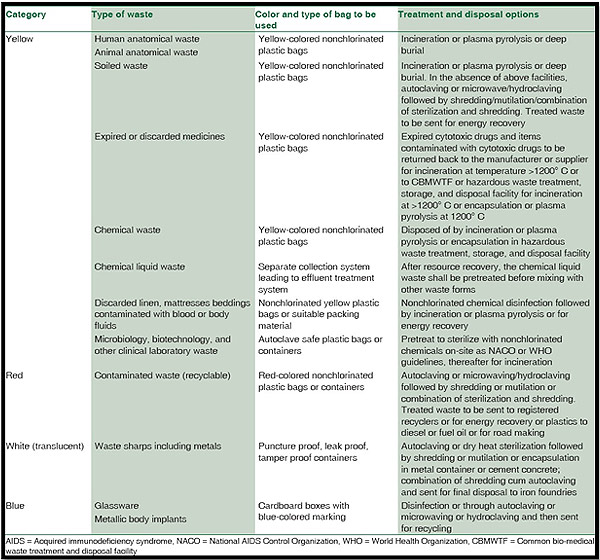Some Known Incorrect Statements About Reclaim Waste
Some Known Incorrect Statements About Reclaim Waste
Blog Article
Some Known Factual Statements About Reclaim Waste
Table of ContentsIndicators on Reclaim Waste You Should KnowThe Single Strategy To Use For Reclaim WasteSome Known Details About Reclaim Waste Some Ideas on Reclaim Waste You Should KnowThe Only Guide for Reclaim Waste
Domestic sewer waste refers to the waste and items from a domestic septic tank. The correct management and disposal of residential sewage waste need fluid waste to be transferred to a sewer treatment plant where the proper approaches and devices are used to purify and dispose of waste.
Industrial waste commonly includes potential hazards, such as combustible materials or a blend of liquid and strong waste items, and requires an advanced and detailed disposal procedure. The disposal of business waste usually includes the filtration of waste prior to transportation to make certain secure and appropriate disposal. Hazardous waste is created from results and runoff of industrial procedures and manufacturing.
This type of waste can not make use of the same sewer administration transport or procedures as septic or business liquids. The commercial waste monitoring process needs the examination and screening of fluid waste prior to it undergoes the disposal procedure (liquid waste disposal). Runoff waste is the liquid waste that originates from runoff and excess stormwater in highly populated areas or cities
Drainage waste can trigger contamination and flooding if not dealt with appropriately. Making certain correct waste administration can stop calamities and minimize ecological damage.
The Best Strategy To Use For Reclaim Waste
Call PROS Solutions today to learn more about our waste monitoring and disposal services and the appropriate ways to look after the liquid waste you create.
(http://go.bubbl.us/e67627/7593?/Reclaim-Waste)This supposed 'wastewater' is not only a vital resource but, after therapy, will be released to our land, waterways or the sea. Used water from bathrooms, showers, baths, cooking area sinks, laundries and commercial processes is known as wastewater.

water made use of to cool down machinery or tidy plant and devices). Stormwater, a form of wastewater, is overflow that streams from farming and metropolitan areas such as roofing systems, parks, yards, roadways, courses and gutters right into stormwater drains, after rainfall. Stormwater streams without treatment straight to local creeks or rivers, at some point reaching the sea.
An Unbiased View of Reclaim Waste
In Queensland, most wastewater is treated at sewer therapy plants. Wastewater is delivered from residential or industrial sites through a system of drains and pump stations, known as sewerage reticulation, to a sewage treatment plant.
The Department of Natural Resources suggests city governments about managing, operating and maintaining sewerage systems and therapy plants. In unsewered areas, local governments might call for homeowners to mount individual or household sewer treatment systems to deal with residential wastewater from commodes, cooking areas, shower rooms and washings. The Department of Natural Resources authorizes making use of house systems when they are confirmed to be effective.
Most stormwater receives no therapy. In some brand-new communities, therapy of some stormwater to eliminate trash, sand and gravel has started making use of gross contaminant traps. Wastewater therapy takes place in 4 phases: Eliminates strong issue. Bigger solids, such as plastics and other things mistakenly released to sewers, are removed when wastewater is travelled through displays.
Uses small living microorganisms directory knows as micro-organisms to damage down and eliminate remaining liquified wastes and great fragments. Micro-organisms and wastes are integrated in the sludge.
The 4-Minute Rule for Reclaim Waste
Nutrient elimination is not readily available at all sewage therapy plants since it needs pricey specialised devices. It is coming to be more usual in Queensland. Clear liquid effluent produced after treatment may still consist of disease-causing micro-organisms. If this effluent is launched right into rivers such as rivers or the sea, the micro-organisms will ultimately pass away out.

This generally implies wastewater needs to be treated or contaminants eliminated prior to it can be discharged to waterways. A lot of wastewater moves into the sewerage system. Under the Act, local federal governments provide approvals and licences for environmentally relevant tasks (Periods) involving wastewater launches that could have a neighborhood influence. The division carries out approvals and licences to Periods including wastewater launches that might have a regional or statewide impact.
Indicators on Reclaim Waste You Should Know
Otherwise, samples are considered laboratory evaluation. Usually several tests are needed to develop the levels of each of the different toxins such as oils, heavy steels and pesticides in water. Tracking gives accurate details regarding water top quality and can verify that licence conditions are being fulfilled. The details acquired with surveillance provides the basis for making water high quality choices.
Report this page